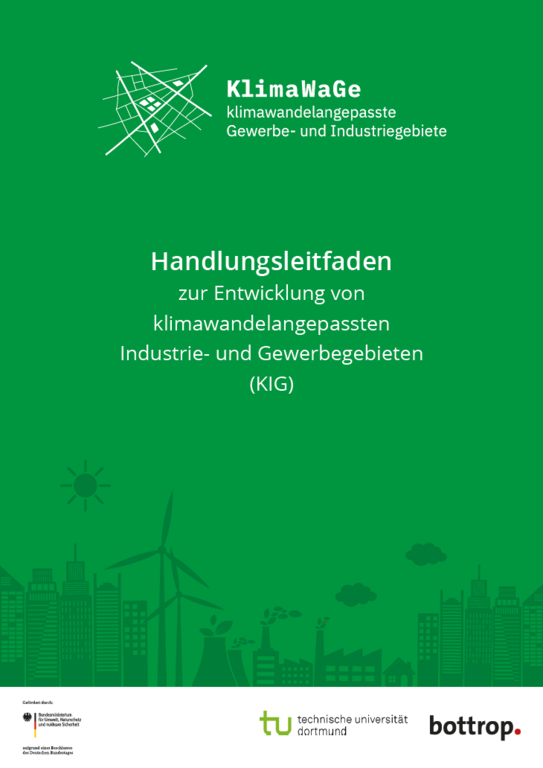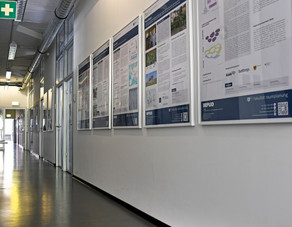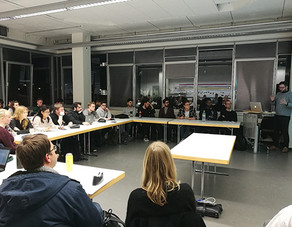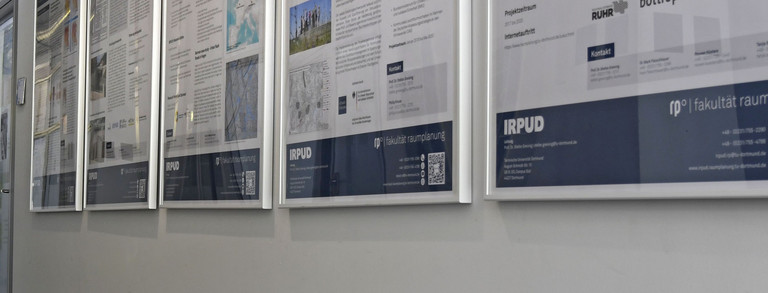Adapting commercial and industrial areas to climate change – A guideline for municipalities
- Projects
Anthropogenic climate change is undeniable and can only be limited, not stopped, even with intensive climate mitigation efforts. This poses major challenges for municipalities in adapting to local impacts. This especially applies to the development of industrial and commercial areas, which are particularly sensitive due to their specific design and infrastructures and have a high potential for damage.
Many municipalities lack reliable information bases on local climate impacts and affected areas. At the same time, climate change adaptation requires intensive interdisciplinary cooperation and competes with diverse and sometimes conflicting requirements and interests of municipalities, businesses, and employees. As a result, there are hardly any practice-oriented procedures and instruments for adequately integrating information on local climate change impacts into decision-making processes in the development of climate change-adapted industrial and commercial areas.
The project "Climate Change-Adapted Industrial and Commercial Areas" (KlimaWaGe) tackled these challenges. It tested procedures and measures for the development of industrial and commercial areas adapted to climate change with the help of innovative methodological approaches and in intensive cooperation with the city of Bottrop. The result of the cooperation is a guideline (in German) that offers practical and transferable advice and recommendations for municipalities and urban planners, closely linked to formal and informal instruments, methods, and procedures.
The guideline bundles information bases, key findings, potential procedures, and practical tips from the project KlimaWaGe, which help German municipalities and planners to develop or redevelop climate change-adapted industrial and commercial areas. The guideline’s focus is on methodological recommendations for identifying potential local climate change impacts in industrial and commercial areas on the one hand and transferable measures for their development on the other.







